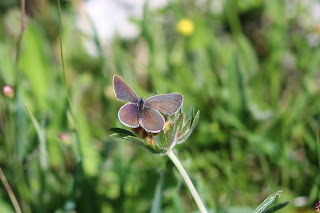Egrets: I saw a few
I read an article by Andy Mears a few days ago. In it, he mused about the chance of seeing 7 species of herons in a day on or around the Somerset levels. With the levels only a 40 min drive away and a place I visit every fortnight or so it seemed worth a try.
Its even trickier than I expected ! I naively thought that 5 or 6 would be very feasible as I knew that a purple heron could, with patience, be seen at Durleigh. I chose to leave that as a final bonus once I had seen all the regular 5 species and found my own rarity at ham wall.
Things did not quite go to plan and I gave up after failing to see a bittern in about 6 straight hours of searching. In the end I only, actually connected with 3 species, Grey Heron, Little Egret and Great White Egret.
The latter though put on a super display with my closest ever views.
At Ham wall I spent an hour or two at the second platform where this flock of, mostly, Great Whites lounged about all morning
They determinedly kept behind rushes and reeds though with only a few of the 13 visible at any time.
After a sandwich in the car park I moved on to Shapwick where this flock of little egrets were asleep on the lagoon.
Again after an hour or two little else showed and I was heading back along the path when a Great White flew in and landed on the far side of the river.
This individual seemed especially unconcerned about anyone walking of cycling by and I was able to take a short video as well as a few photos. I even took some pics with my phone.
The simple fact that I have not had to crop any of these shows what good views were available.
I am sure that I will return to Andy's challenge at a later date and appreciate that its about time and effort more than anything. In the meantime I can wholeheartedly recommend the levels as a great place to spend a morning as there will always be something to hold your attention.








Comments
Post a Comment